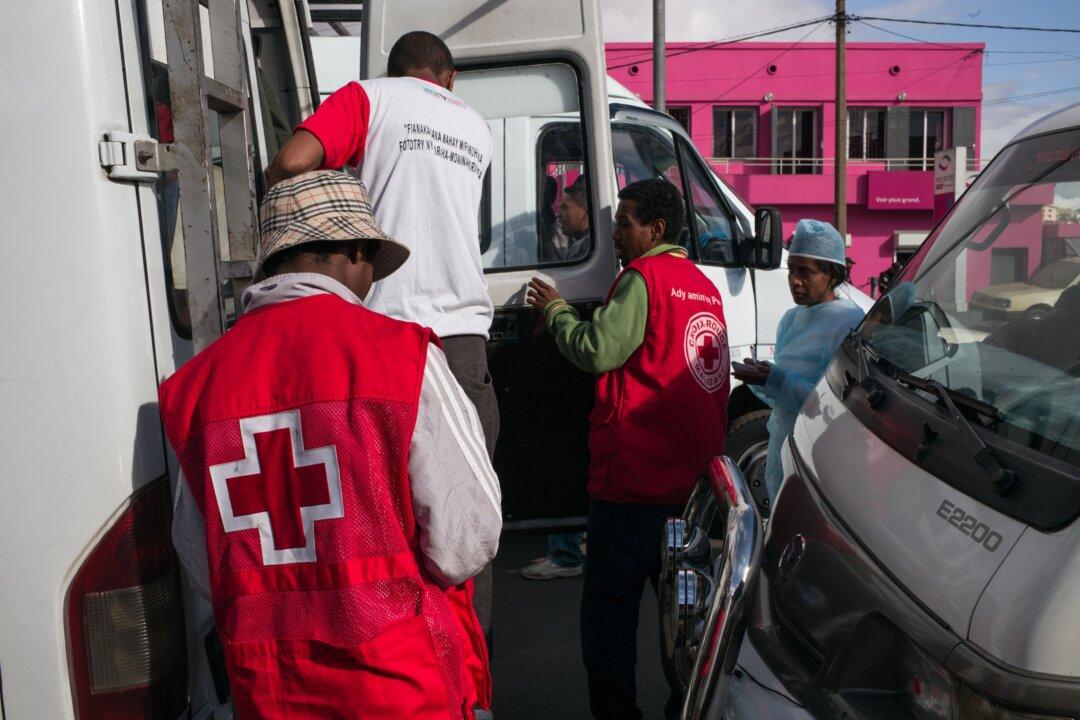At least 143 died and almost 2,000 have been infected by the plague outbreak in Madagascar that now threatens to spread to mainland Africa, VOA reports.
Ten African nations have been put on alert by the World Health Organization (WHO) that they could also face an outbreak: South Africa, Mauritius, Seychelles, Tanzania, La Réunion, Mozambique, Kenya, Ethiopia, Comoros, and Malawi.





